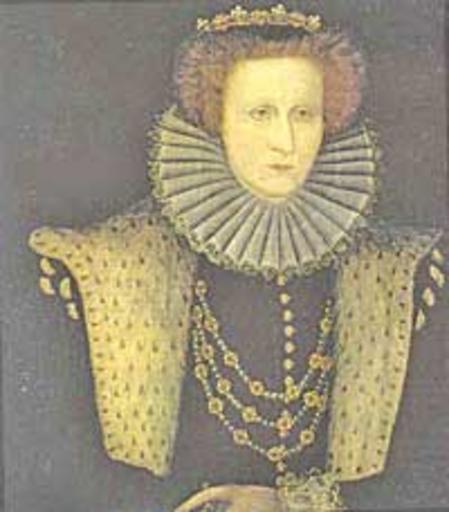MAKE A MEME
View Large Image

| View Original: | Bess_of_Hardwick,_Countess_of_Shrewsbury.jpg (200x228) | |||
| Download: | Original | Medium | Small | Thumb |
| Courtesy of: | www.flickr.com | More Like This | ||
| Keywords: people Elizabeth, Countess of Shrewsbury (27 July 1527 – 13 February 1608), known as Bess of Hardwick, was the third surviving daughter of John Hardwick, of Hardwick Hall in Derbyshire. She was married four times, firstly to Robert Barlow, who died in his teens; secondly to the courtier Sir William Cavendish; thirdly to Sir William St Loe; and lastly to George Talbot, 6th Earl of Shrewsbury, sometime keeper to the captive Mary, Queen of Scots. An accomplished needlewoman, Bess hosted Mary at Chatsworth House for extended periods in 1569, 1570, and 1571, during which time they worked together on the Oxburgh Hangings. In 1601, Bess ordered an inventory of the household furnishings including textiles at her three properties at Chatsworth and Hardwick, which survives, and in her will she bequeathed these items to her heirs to be preserved in perpetuity. The 400-year-old collection, now known as the Hardwick Hall textiles, is the largest collection of tapestry, embroidery, canvaswork, and other textiles to have been preserved by a single private family. Elizabeth, Countess of Shrewsbury (27 July 1527 – 13 February 1608), known as Bess of Hardwick, was the third surviving daughter of John Hardwick, of Hardwick Hall in Derbyshire. She was married four times, firstly to Robert Barlow, who died in his teens; secondly to the courtier Sir William Cavendish; thirdly to Sir William St Loe; and lastly to George Talbot, 6th Earl of Shrewsbury, sometime keeper to the captive Mary, Queen of Scots. An accomplished needlewoman, Bess hosted Mary at Chatsworth House for extended periods in 1569, 1570, and 1571, during which time they worked together on the Oxburgh Hangings. In 1601, Bess ordered an inventory of the household furnishings including textiles at her three properties at Chatsworth and Hardwick, which survives, and in her will she bequeathed these items to her heirs to be preserved in perpetuity. The 400-year-old collection, now known as the Hardwick Hall textiles, is the largest collection of tapestry, embroidery, canvaswork, and other textiles to have been preserved by a single private family. | ||||